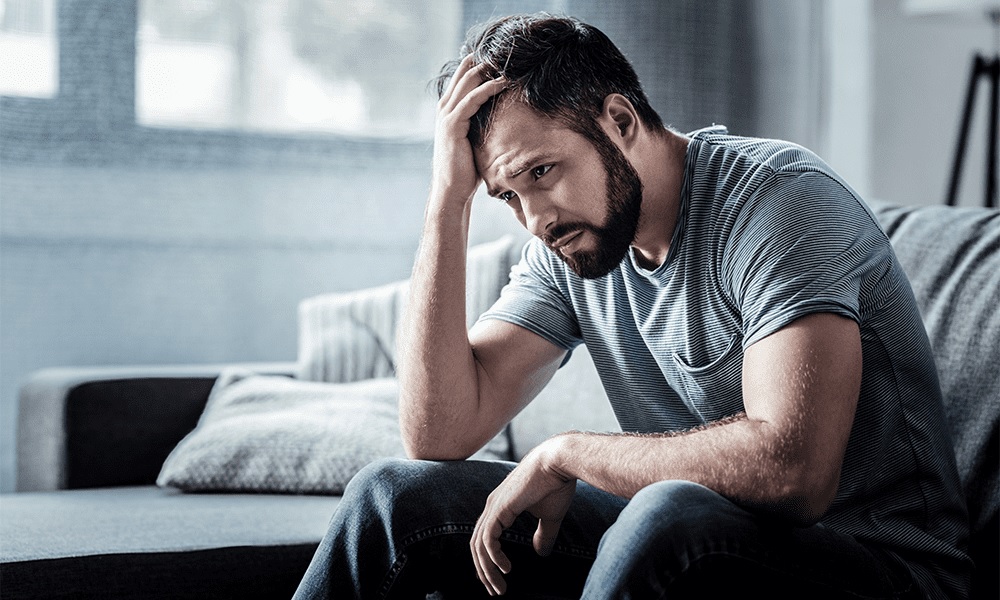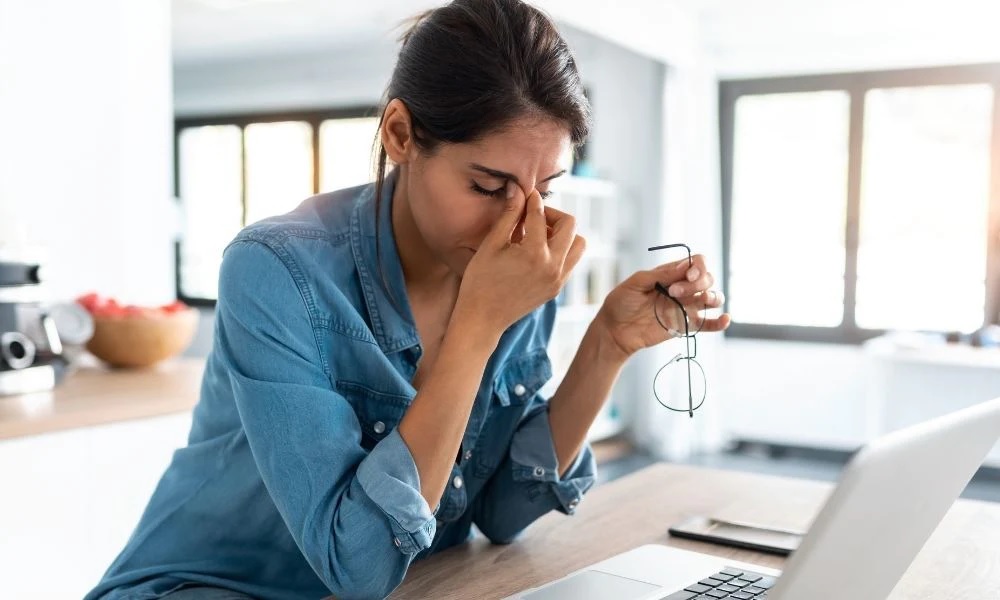Anxiety disorders are one of the most common mental health problems in the world. According to the World Health Organization, an estimated 264 million people suffer from anxiety disorders globally. Anxiety is a normal human emotion, but when it becomes excessive and interferes with daily life, it becomes a disorder.
There are many different types of anxiety disorders, including generalized anxiety disorder, panic disorder, social anxiety disorder, and phobias. Treatment for anxiety disorders typically involves a combination of medication and psychotherapy.
What is Exposure Therapy?

Exposure therapy is a type of psychotherapy that is used to treat anxiety disorders. The goal of exposure therapy is to help people confront their fears and anxieties in a safe and controlled environment. During exposure therapy, the patient is gradually exposed to the feared object or situation, allowing them to learn that the anxiety will eventually decrease on its own.
Exposure therapy is based on the theory of classical conditioning. Classical conditioning is a type of learning where a neutral stimulus becomes associated with a response after being paired with a stimulus that naturally triggers that response. In the case of anxiety, the feared object or situation becomes associated with the anxiety response. Exposure therapy works by breaking that association, allowing the patient to learn that the feared object or situation is not actually dangerous.
How Does Exposure Therapy Work?
Exposure therapy is typically conducted in a controlled environment, such as a therapist’s office. The patient is gradually exposed to the feared object or situation, starting with something that causes mild anxiety and gradually progressing to more challenging situations. The therapist may use a variety of techniques to help the patient manage their anxiety during exposure, such as relaxation techniques or cognitive restructuring.
Exposure therapy can be conducted in two ways: imaginal exposure and in vivo exposure. Imaginal exposure involves the patient imagining the feared object or situation, while in vivo exposure involves the patient confronting the feared object or situation in real life.
What are the Benefits of Exposure Therapy?
- Effective: Exposure therapy has been shown to be highly effective in treating anxiety disorders.
- Long-lasting: The benefits of exposure therapy tend to last longer than other forms of therapy.
- Safe: Exposure therapy is a safe and controlled way to confront fears and anxieties.
- Customizable: Exposure therapy can be tailored to the individual needs of the patient.
- No side effects: Unlike medication, exposure therapy has no side effects.
Exposure therapy is a powerful tool for overcoming anxiety disorders. By gradually exposing patients to their fears and anxieties in a safe and controlled environment, exposure therapy helps them learn that the feared object or situation is not actually dangerous. Exposure therapy is highly effective, long-lasting, and safe, making it a popular choice for treating anxiety disorders. If you are struggling with an anxiety disorder, talk to your healthcare provider about whether exposure therapy may be right for you.




